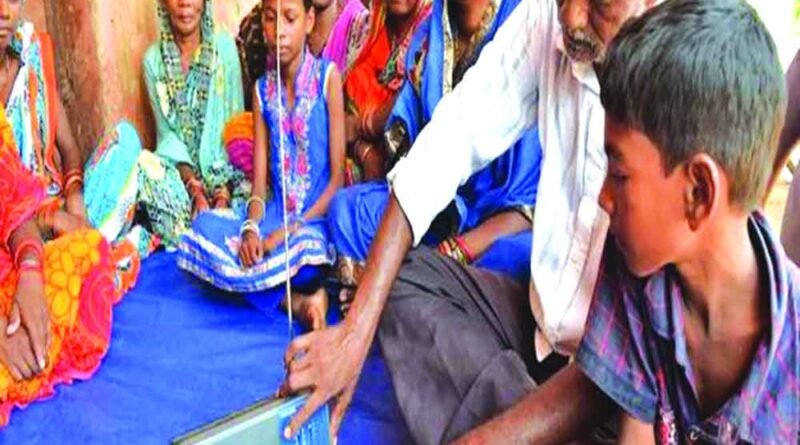CRS: Bridging the communication gap
Community radio has emerged as an effective tool of social change across the world. India is no different but needs robust policy planning
Community radios are considered to be the cheapest and most effective grassroots medium of communication. They bridge the communication gap between governments and local authorities and act as vehicles of last-mile community connectivity. Community radios have proved their worth as agents of social behavior change during the spread of COVID-19. They provided a strong platform from which common people can freely communicate their ideas. They connect all the developmental factors, policies such as poverty alleviation, employment generation, and agricultural, environmental, and allied activities. Every community radio has its challenges depending upon its geographical area, rural-urban differences, natural calamities, financial issues, tribes, languages, and dialect.
Unfortunately, In India, they face a lot of issues in their respective regions regarding institutional, technical, infrastructural, and financial support. During COVID-19 a National and three Regional online Workshops were organized by an NGO. The relevant issues were discussed in detail and a framework of policy guidelines involving community radios in disaster management was formulated. On August 12, 2022 a meeting of stakeholders including the disaster management officials, representatives of the Ministry of Information & Broadcasting and CRA attended the meeting at National Disaster Management Authority (NDMA) under the Chairmanship of Rajendra Singh, Member, NDMA. After detailed discussions covering all the relevant issues, it was decided to formulate draft policy guidelines on the involvement of community radios in disaster management and mitigation. CRA in collaboration with the National Institute of Disaster Management (NIDM), a premier Institute for capacity development for Disaster Management organized a three-day Online Training Program on “Communication Infrastructure Resilience in Rural and Tribal Communities in India” from August 23 to 25, 2022. The relevant points that emerged from the discussions could be further developed in the policy brief. During an emergency, it is essential to have an emergency wavelength with technically equipped people to operate such equipment/software. There might be persistent demand to relocate the transmitters during a calamity. Based on relevant information, the Community Radios need to be provided with an emergency transmitter and antennas during emergencies. Community Radios should be allowed the uninterrupted use of repeaters to address larger populations during emergencies. The government should support training programs in community radios on disaster management and radio techniques and production.
HAM radios are recognized as the most effective last-mile communication network. It works when all means of communication fail during disasters and emergencies. There should be a provision of availability of HAM radio license holders in all community radios along with the required infrastructure and infrastructure. HAM radios should be provided space in the State/ District Emergency Operation Centers to get connected with the affected population. During pre-disaster phase, multi-host broadcasting can help not only the campus but the community, especially to make them technically sound on content generation. Additionally, building an online platform to interlink community radio is also essential so that they can share their knowledge and expertise. Training components/ manuals should be formulated on the dissemination of early warning before the disaster, and steps to be taken during the emergency and after the disaster has struck. The Information, Education, and Communication (IEC) material available with the disaster management agencies/ institutions should be translated into different languages and distributed amongst the community radios and other stakeholders, and training programs should be organized. The community radio stations should involve Panchayati Raj Institutions (PRIs), Youth Clubs, Self Help Groups (SHGs), etc. in their day-to-day operations by forming radio clubs in their communities. The members of the clubs should be trained in disaster management and radio program production techniques.
The government should provide subsidies in the procurement of the equipment for community Radios and HAM radio, financial support for the establishment of new stations, and sustainability of older community radio stations. On their part, the community radios should help the organization, institutions, and volunteers within their communities to become agents of social change which will ultimately help in building a disaster-resilient community. Therefore, collaborative and cooperative efforts of all the stakeholders are needed for perfect disaster management and mitigation efforts. (Concluded)
(Panwar is a senior journalist and Chairman, Panwar Group of Institutions, & president, Community Radio Association of India. Tarun is Director, Zone 4 Solution, India. The views expressed are personal.)
Source: The Pioneer




